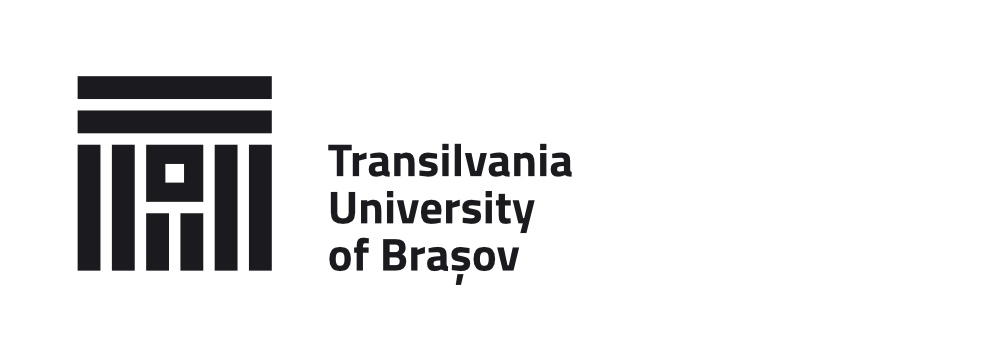|
DSpace at Transilvania University >
ICISIL, 11th International Conference on Information Science and Information Literacy >
Proceeding ICISIL >
Please use this identifier to cite or link to this item:
http://hdl.handle.net/123456789/2629
|
| Title: | Management of a company's communication structures with its collaborators |
| Authors: | LUNGU, Adrian
CRISTEA, Luciana
BARITZ, Mihaela Ioana |
| Keywords: | management, communication, modeling
Research Subject Categories::INTERDISCIPLINARY RESEARCH AREAS |
| Issue Date: | 11-Mar-2021 |
| Publisher: | Sciendo |
| Abstract: | As it is identified in the specialized literature, the management activity of a company (no matter how big it is) puts in the foreground the concept of identification and rational solution of all situations in the activity and last but not least, on systematic and logical thinking. Because people are primarily involved in the management activity, this determines the granting of an important decisive to the possession and application of interpersonal skills - the ability to work with different categories of people, but also with complex work teams. Extensive research developed on this topic, notes that the field of management is located in an area of intersection with a large number of other areas, each with its importance and influence on activities. Taking into account these general ideas, this paper proposes an analysis on some aspects regarding the structuring of communication modules, on different “axes” (vertical, horizontal, random) with partners, collaborators or other interaction entities necessary for a good development of the activity. the company. In the first part of the paper are identified all the forms of collaboration, respectively the interaction entities, in order to define their relationship and the meanings of the collaboration or informational communication. In the second part of the paper is proposed a model of interaction-communication-information of a company with its modular relational elements, in order to identify the points or areas or directions of development and flexibility of information transmission. In the final part of the paper are presented the observations and conclusions of the use of these fundamental principles of construction of a modular management system that can be applied in various situations. |
| URI: | http://hdl.handle.net/123456789/2629 |
| ISBN: | 978-83-958150-6-5 |
| Appears in Collections: | Proceeding ICISIL
|
Items in DSpace are protected by copyright, with all rights reserved, unless otherwise indicated.
|

